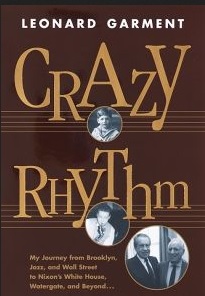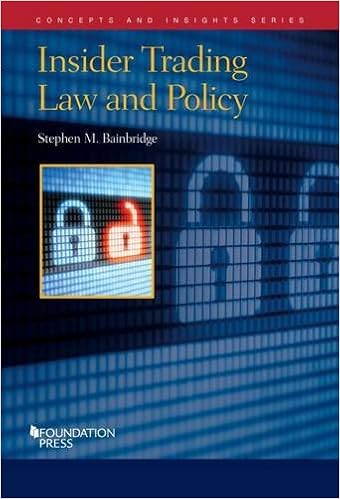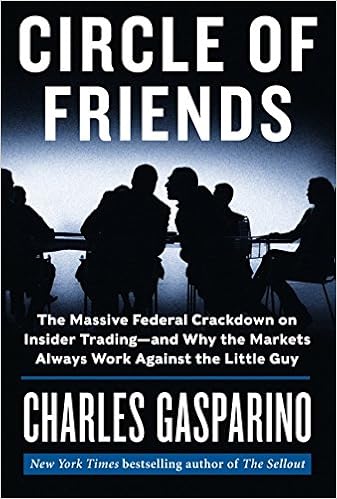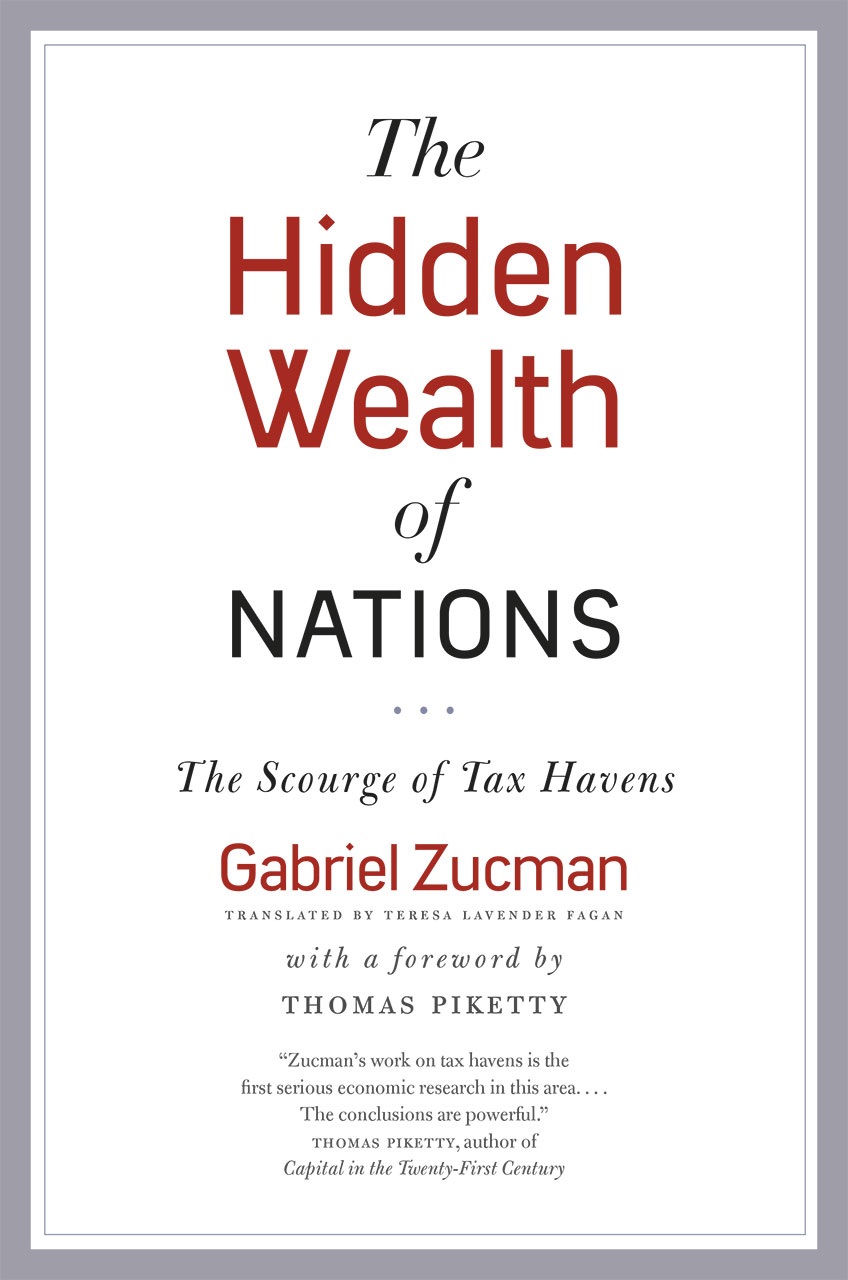Earlier this month, a class-action complaint was filed in the US District Court for the Southern District of New York in the case of We Shall Overcome Foundation v. The Richmond Organization, Inc. (TRO Inc.) et al. addressing ownership of “We Shall Overcome,” the unofficial anthem to the civil rights movement and a song the Library of Congress called “the most powerful song of the 20th Century”. According to the late folk singer Pete Seeger, the song became associated with the Civil Rights Movement in 1959, when Guy Carawan sang it at Highlander, which was then focused on nonviolent civil rights activism. Seeger and other famous folksingers in the early 1960s, such as Joan Baez, sang the song at rallies.
The copyright dispute against the two music-publishing companies, Ludlow Music and the Richmond Organization, seeks a judgment from the court declaring that the defendants’ copyright claim is invalid and ordering the defendants to disgorge previously collected licensing fees. According to the complaint, defendant TRO filed copyrights for “We Shall Overcome” in 1960 and 1963 and has collected millions of dollars in fees over the decades. The law firm for the plaintiff is Wolf Haldenstein, which was involved in the recent successful challenge to Warner/Chappell Music’s claims that it owned the copyright to “Happy Birthday to You.”
The filing argues that TRO-Ludlow’s copyright claims were invalid for several reasons: because it had not been renewed (as required by United States copyright law at the time), the copyright of the 1948 People’s Songs publication containing “We Will Overcome” had expired in 1976. Additionally, it was argued that the registered copyrights only covered specific arrangements of the tune and “obscure alternate verses”, that the registered works “did not contain original works of authorship, except to the extent of the arrangements themselves”, and that the registered copyrights stated that the works were derivatives of a work entitled “I’ll Overcome” which did not exist in the database of the United States Copyright Office.
 The Brooklyn Law School Library has in its collection several items related to copyright and music. See for example All You Need to Know about the Music Business by Donald S. Passman (Call # ML3790 .P35 2015) which is on Course Reserve at the Circulation Desk. For more than twenty years, this book has been universally regarded as the definitive guide to the music industry. Now in its ninth edition, this latest edition leads novices and experts alike through the crucial, up-to-the-minute information on the industry’s major changes in response to today’s rapid technological advances and uncertain economy.
The Brooklyn Law School Library has in its collection several items related to copyright and music. See for example All You Need to Know about the Music Business by Donald S. Passman (Call # ML3790 .P35 2015) which is on Course Reserve at the Circulation Desk. For more than twenty years, this book has been universally regarded as the definitive guide to the music industry. Now in its ninth edition, this latest edition leads novices and experts alike through the crucial, up-to-the-minute information on the industry’s major changes in response to today’s rapid technological advances and uncertain economy.

 See the Brooklyn Law Library item
See the Brooklyn Law Library item  Chair of the Warren Commission on the Assassination of President Kennedy. Serious lapses in judgment and uncritical deference to authority regarding national security issues in the report have clouded his legacy. The Brooklyn Law School Library has in its collection
Chair of the Warren Commission on the Assassination of President Kennedy. Serious lapses in judgment and uncritical deference to authority regarding national security issues in the report have clouded his legacy. The Brooklyn Law School Library has in its collection  To commemorate Women’s History Month, Brooklyn Law School Associate Librarian Linda Holmes has added some interesting titles in the display case on the first of the library opposite the elevator, including
To commemorate Women’s History Month, Brooklyn Law School Associate Librarian Linda Holmes has added some interesting titles in the display case on the first of the library opposite the elevator, including  Brooklyn Law School Library has many titles on securities arbitration.
Brooklyn Law School Library has many titles on securities arbitration. 
 Brooklyn Law School Library has an extensive collection of material on insider trading, the latest of which is
Brooklyn Law School Library has an extensive collection of material on insider trading, the latest of which is  igh-profile area of the law. The author provides sufficient detail for a complete understanding of the subject without getting bogged down in minutiae. A second item in the BLS Library collection is worth reading:
igh-profile area of the law. The author provides sufficient detail for a complete understanding of the subject without getting bogged down in minutiae. A second item in the BLS Library collection is worth reading:  Also included is
Also included is  Readers interested on this topic may want to view
Readers interested on this topic may want to view  The Brooklyn Law School Library has long provided access to Bloomberg Law to the law school community. BLS users now have access to a new legal intelligence platform: the Privacy & Data Security through the Practice Centers tab where users can click on Intellectual Property. At the top left corner of the page is a purple banner that reads “Looking for
The Brooklyn Law School Library has long provided access to Bloomberg Law to the law school community. BLS users now have access to a new legal intelligence platform: the Privacy & Data Security through the Practice Centers tab where users can click on Intellectual Property. At the top left corner of the page is a purple banner that reads “Looking for  The BLS Library has many titles in its collection on the subject of data security. One of the latest is
The BLS Library has many titles in its collection on the subject of data security. One of the latest is  On the subject of historic sites, the Brooklyn Law School Library has in its collection
On the subject of historic sites, the Brooklyn Law School Library has in its collection